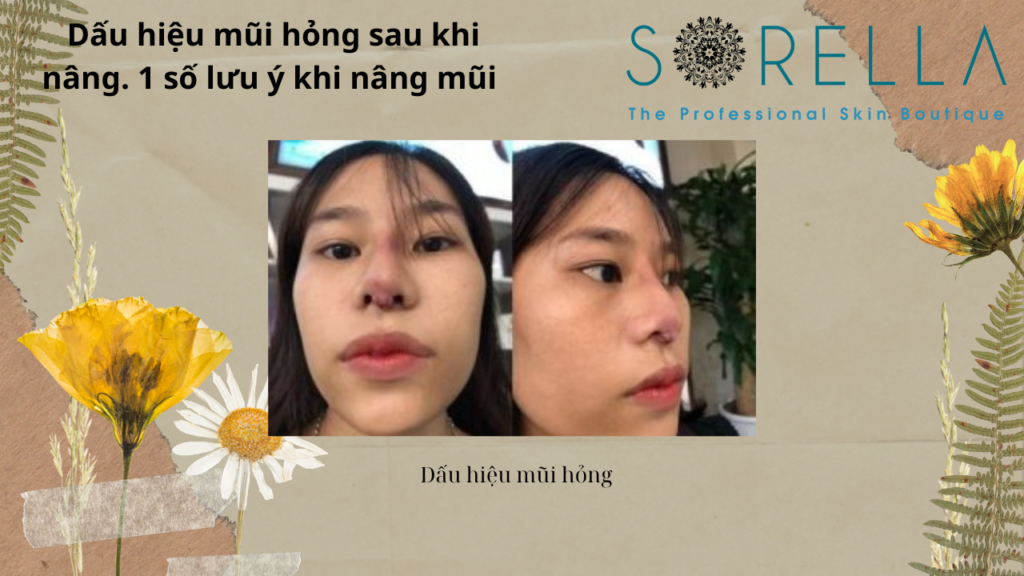Tin tức và sự kiện
7 ways to deal with police in Vietnam
Whether you’re planning to make Vietnam your home, looking to experience the thrill of riding a motorbike or simply traveling with your beloved two-wheeled companion, it’s essential to familiarize yourself with the country’s traffic laws and the role of the police. Navigating the bustling streets can be an adventure in itself, but understanding a few key points can make your experience much smoother. Now, let’s find out 7 ways to deal with police in Vietnam.
7 ways to deal with police in Vietnam.
1. Learn about laws before you go for a ride.
First and foremost, obtaining a valid driver’s license is a must. For foreigners residing in Vietnam, it’s important to note that an international driver’s license is typically not recognized by local authorities. To legally ride a motorbike, you’ll need to obtain a Vietnamese driving license. The process involves completing a written and practical exam to demonstrate your understanding of the traffic laws.
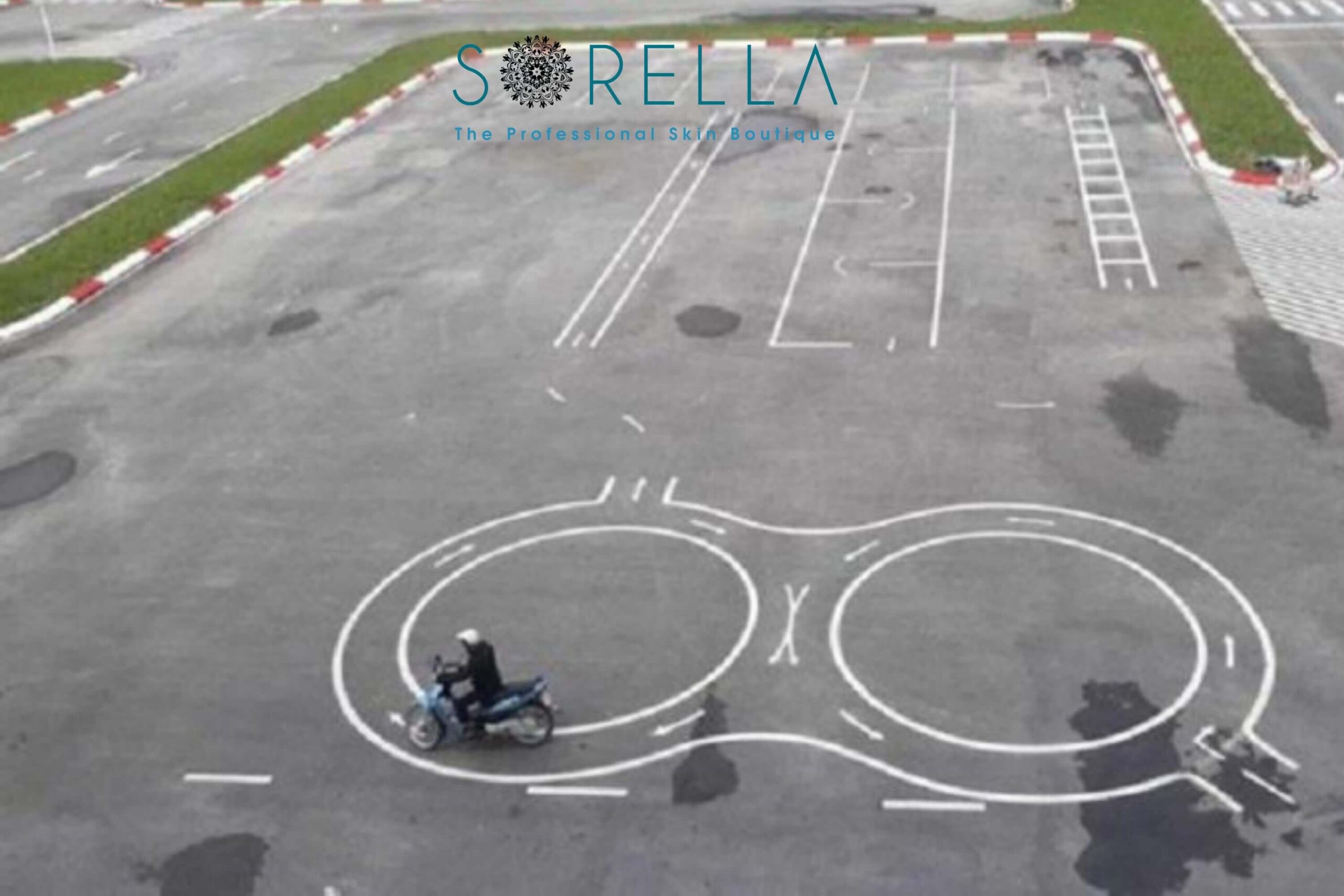
When it comes to traffic regulations, it’s crucial to obey the rules of the road. Vietnamese traffic can be characterized as organized chaos, with a constant flow of vehicles maneuvering through narrow streets. Stay alert and abide by traffic signals, yielding right of way when necessary.
It’s worth noting that motorcycles are considered the primary means of transportation in Vietnam, and they often occupy a significant portion of the roads. This means that as a motorbike rider, you’ll need to be extra cautious and aware of your surroundings.
2. Get a friend to assist you when you go for the first time
Riding on a motorbike adventure in Vietnam can be an exhilarating yet daunting experience. The chaotic nature of the country’s traffic is enough to make anyone’s heart race. But fear not, for there are ways to navigate this frenzy with confidence.
One of the best pieces of advice is to reach out to a friend who is familiar with riding motorbikes in Vietnam. Their experience and insights can prove invaluable as they guide you through the intricacies of the road.
Starting your journey in the evening can also work in your favor. After 7 p.m., the roads tend to clear up, creating a safer and more serene environment for your motorbike escapades. As the sun sets and the city lights illuminate the streets, you’ll find yourself transported into a world where the chaos subsides, allowing you to navigate the roads with a newfound sense of ease.
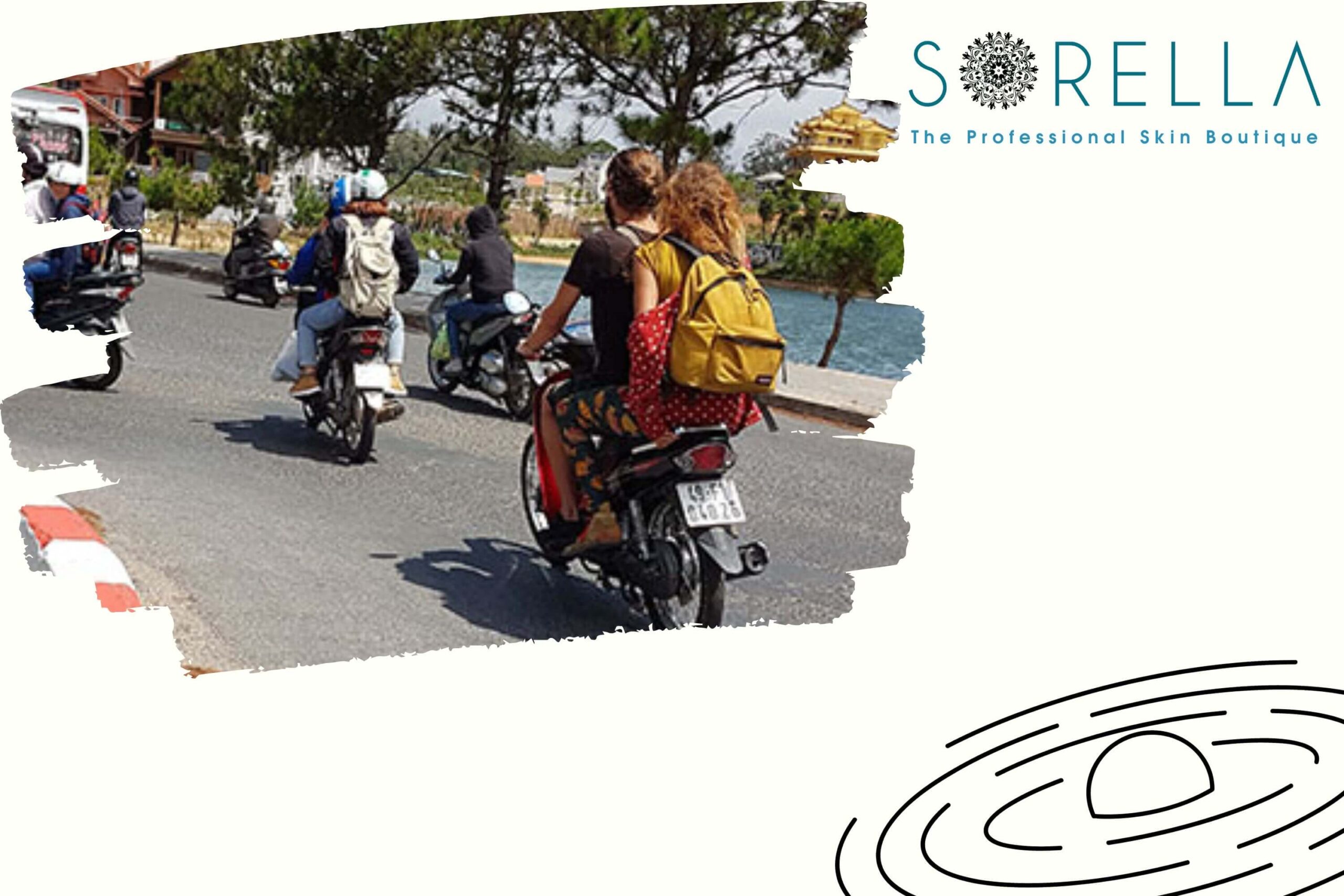
Your experienced friend will likely share a myriad of tips to enhance your adventure. They may recommend taking the less-traveled routes, as they often offer picturesque scenery and a respite from the bustling city streets. Embrace the opportunity to explore hidden gems and discover the untamed beauty that Vietnam has to offer.
Keep in mind that even with the relative tranquility of the evening hours, staying alert and adhering to traffic rules remain paramount. Maintain a safe distance from other vehicles, use your indicators clearly, and be mindful of unexpected maneuvers from fellow riders. Defensive driving is key to ensuring your safety and the enjoyment of your journey.
3. Appearance of the traffic police
When it comes to traffic police in Vietnam, their most notable characteristic is their distinctive yellow uniforms. These vibrant outfits make them easily identifiable as they carry out their duties in the bustling streets of the country’s big cities. Their presence is a reassuring sight, ensuring that traffic flows smoothly and without interruptions.
In urban areas, it’s not uncommon to encounter multiple police stops and checkpoints. These locations serve as important checkpoints for officers to monitor and regulate traffic. You may also find traffic police positioned strategically in the middle of busy intersections, skillfully directing the flow of vehicles to maintain order and efficiency.
You can easily spot the traffic police thanks to the acronym CSGT displayed on their vehicles, helmets, and checkpoint houses. This acronym stands for “Cảnh Sát Giao Thông,” the Vietnamese term for traffic police. It serves as a recognizable symbol of their authority and responsibilities.
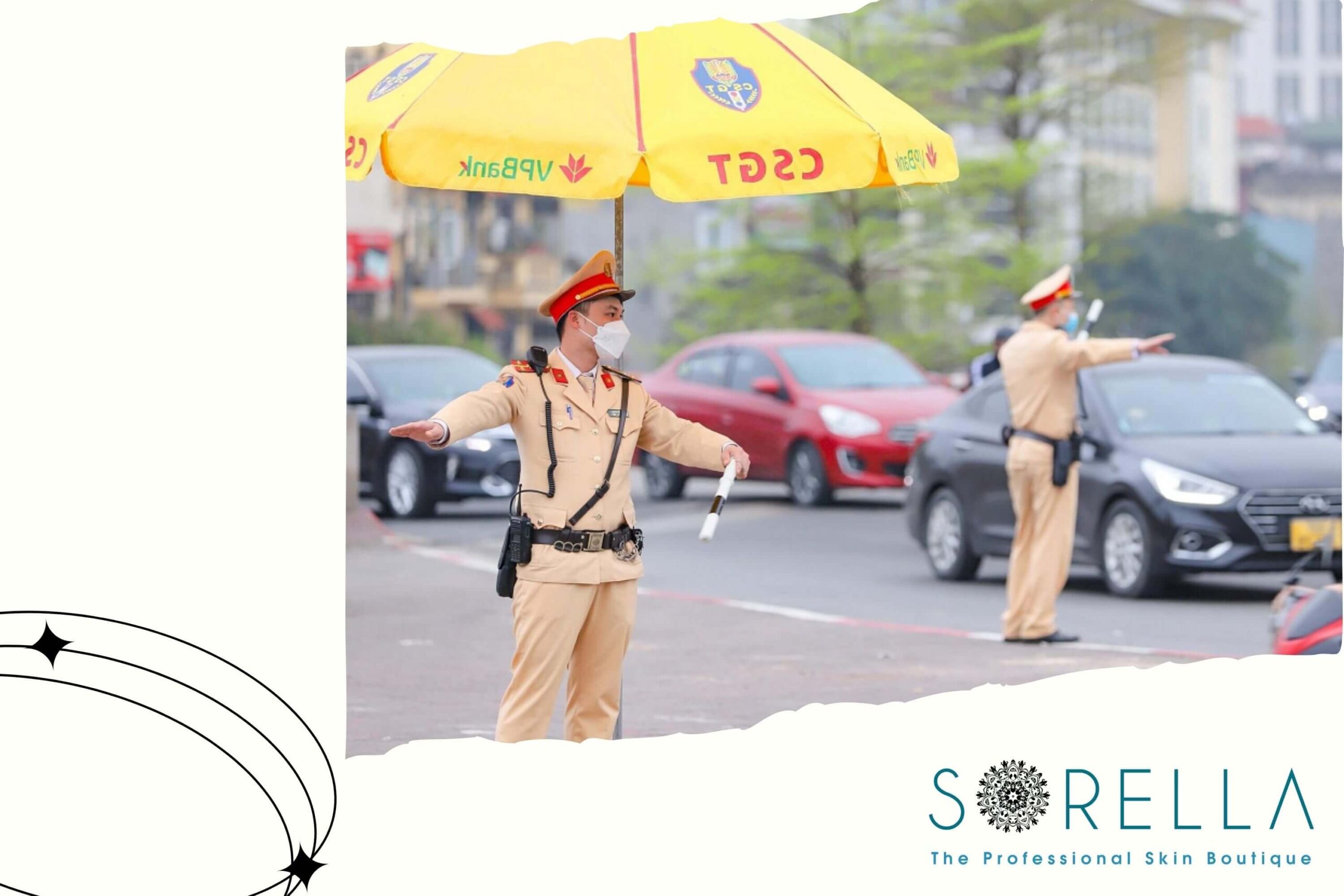
The primary duty of traffic police is to enforce traffic laws and ensure compliance with regulations. At the numerous checkpoints scattered throughout cities, officers diligently inspect drivers’ documents and may pull over individuals for various traffic-related reasons. Their role extends beyond merely enforcing laws; they also carry the responsibility of keeping traffic flowing smoothly and safely.
While traffic police play a vital role in managing road conditions, it’s important to note that they have jurisdiction limited to traffic-related matters. Other law enforcement tasks typically fall under the purview of different branches or units of the police force.
To authenticate their identity, every police officer should have a blue ID card prominently displayed on the right side of their chest. This ID card provides information such as their name, rank, identification number, and department.
4. The most common mistake that makes people get pulled over
The streets of Vietnam often witness a disregard for traffic rules, with drivers frequently violating regulations such as running red lights, driving in the wrong direction, neglecting the use of signals while turning, and exceeding speed limits. Such infractions can lead to penalties and fines. It is crucial to familiarize oneself with the list of fines associated with non-compliance to avoid potential legal consequences.
To maintain order on the roads, traffic police regularly conduct checks, particularly during peak hours in major cities when traffic volume is high. These random checks serve as a means to ensure compliance with traffic laws.
During these checks, officers often request motorbike papers and licenses from individuals. It is imperative to possess a valid Blue Card (vehicle registration) and an international or Vietnamese driving license. Failure to provide these documents may result in fines, potential bribery requests, or even motorcycle confiscation.
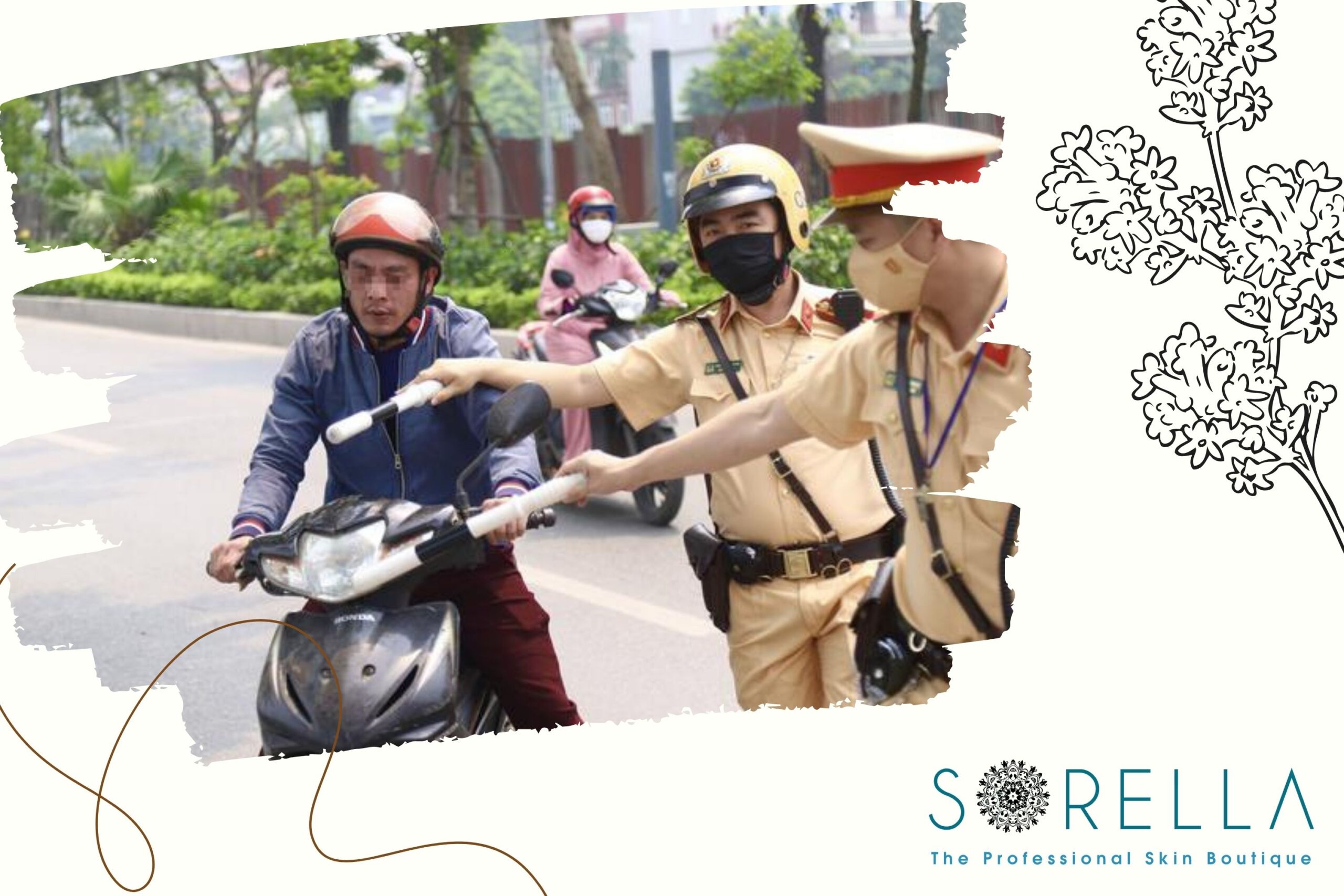
While there are instances where police may target tourists for potential bribes, these “tourist traps” can be easily avoided with vigilance and awareness. In our article, we will discuss these locations in detail, providing tips on how to navigate them and prevent falling into such situations. Hence, there’s no need to unduly worry.
As an additional note, it’s important to emphasize the significance of abiding by traffic laws, not just to avoid penalties but also for the safety of oneself and others on the road. By respecting the rules and regulations, we contribute to creating a secure and orderly traffic environment that benefits everyone.
Ultimately, staying informed and being prepared with the necessary documents while staying vigilant during police checks can help ensure a smooth and trouble-free motorbike experience in Vietnam. By understanding the potential risks and taking the necessary precautions, travelers can confidently explore the country’s roads while adhering to traffic regulations and enjoying the beauty of this remarkable nation.
5. What to do when you stopped
When stopped by the police, they typically request documentation such as a blue card (vehicle registration) and driver’s license. In rural areas, however, there tends to be a language barrier, so police officers often wave foreigners on without much scrutiny, knowing that language difficulties may prolong the process of extracting money from them.
If you are unable to produce proper documentation, the police may ask you to pay a fine on the spot, without issuing a formal ticket. Initially, they may quote a high fine, often starting at 1 million VND.
However, after some negotiation, it is common for them to settle for a significantly reduced amount, as low as 200,000 VND. This informal payment is commonly known as a bribe, and it serves as a convenient way to resolve the situation swiftly.
Paying a bribe can be appealing compared to the alternative of receiving an official ticket. Settling the matter through official channels requires visiting a police station, completing paperwork, and paying a higher fine. This process is time-consuming and entails spending more money. Thus, if there is no way to avoid spending money when encountering the police, paying a bribe may be the most expedient option.
Once the payment has been made, the officer usually allows you to continue your journey without further delay. The encounter with the police is generally straightforward and does not linger if you are randomly stopped. However, it is important to note that if you happen to encounter a police trap, the situation may be more challenging.
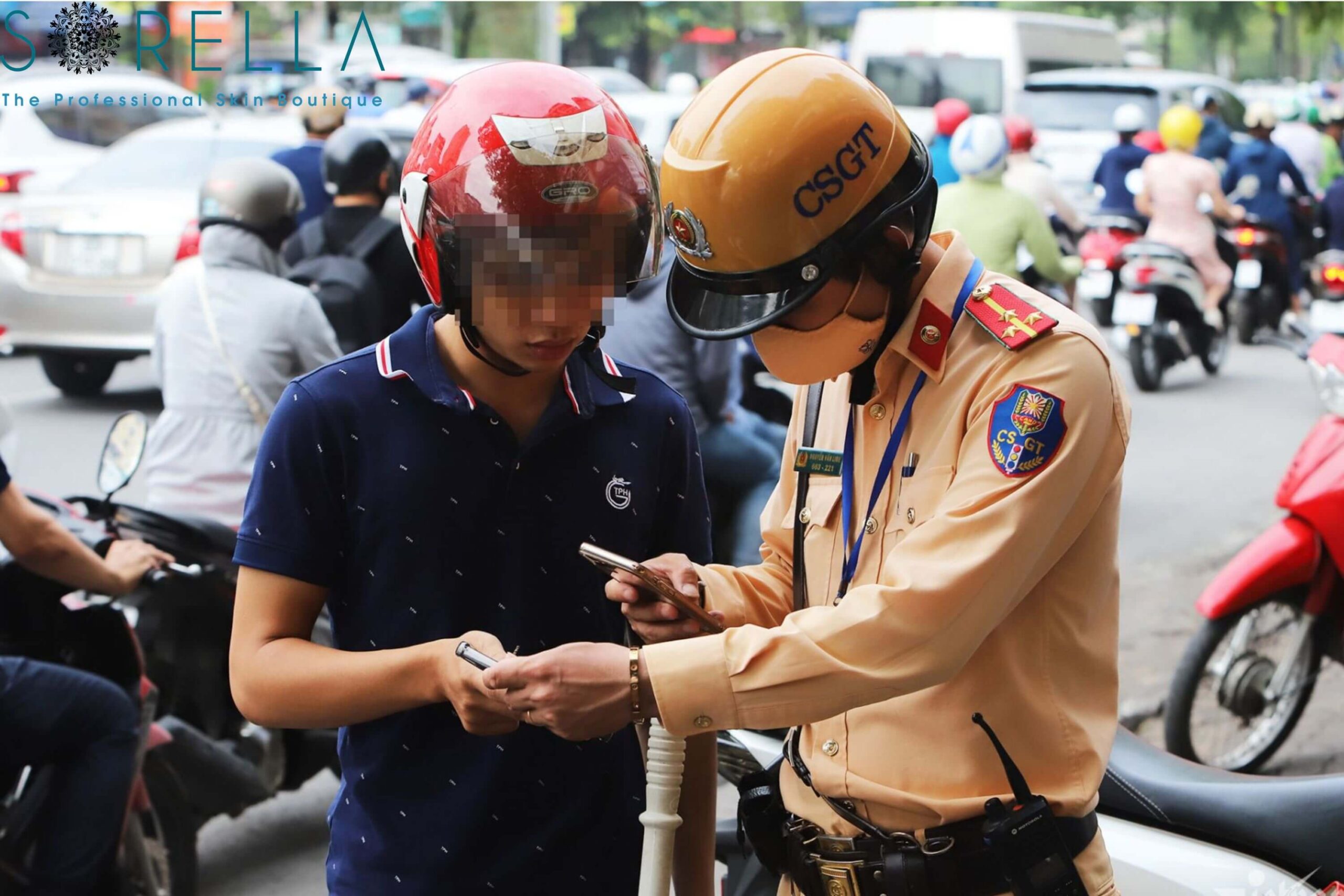
In such cases, the possibility of facing higher fines without the opportunity for negotiation increases. Additionally, there is a remote chance that they may confiscate your motorbike.
Fortunately, such instances of motorbike confiscation are rare nowadays, as the presence of foreigners residing in Vietnam has become more commonplace. This familiarity with foreigners reduces the likelihood of extreme measures being taken by the police.
It is essential to remember that while the process may seem straightforward and quickly resolved when dealing with the police, it is crucial to approach such situations with caution. Ensuring that you have valid documentation and being aware of the potential risks can help mitigate any issues that may arise.
By staying informed and prepared, you can navigate encounters with the police more effectively and continue your journey with peace of mind.
6. Aware of the police trap
One of the simplest strategies to avoid police traps is to opt for alternative routes. While these routes may be slightly longer, they can save you both time and money. By consciously avoiding areas known for police traps, you significantly reduce the risk of encountering a situation that could potentially lead to a bribe demand.
However, if luck isn’t on your side and you find yourself caught in a police trap, it’s important not to despair. These police officers stationed at traps often prioritize maximizing their earnings through bribes. Unfortunately, there is a considerable likelihood that you will need to pay a substantial bribe to extricate yourself from the situation.
Nevertheless, don’t lose hope immediately, as there are methods to minimize or even avoid paying any money at all. It’s worth noting that bribes for motorbike-related offenses rarely reach the exorbitant sum of 1 million VND nowadays.
When caught in a police trap, employing certain strategies may offer a way out without having to pay a significant bribe. These tactics include remaining calm and polite, engaging in respectful dialogue, and presenting valid arguments or explanations. Showing cooperative behavior and demonstrating your knowledge of local traffic laws and regulations can help create a more favorable situation.
Remember, bribery is not the only path to resolution. If you can skillfully negotiate and provide valid justifications, there may be a chance to escape the situation by paying a reduced amount or even no money at all. However, it’s essential to undertake these negotiations with caution, maintaining a respectful demeanor throughout the process.
7. Tips for dealing with the police
When it comes to dealing with police encounters in Vietnam, some travelers have developed strategies to navigate such situations more smoothly. One of these tactics involves carrying two wallets: hiding the main wallet and keeping a separate wallet with a smaller sum of money, typically around 200,000 to 500,000 VND.
The idea behind this approach is to create the appearance of having limited funds available. To enhance the illusion, it is advisable to spend money from this secondary wallet on items such as gas or other purchases, thereby breaking down the larger bills.
If you happen to be stopped by the police, you can claim that the money in this secondary wallet is all you have. Typically, the police officers are likely to accept this explanation and depart the scene. However, it is important to remember that this technique may not work all the time and should be employed with caution.
Negotiating the bribe amount can also be an effective strategy when faced with a demand for payment. Initial demands from police officers often start at a high sum, but by engaging in bargaining, a settlement of around 200,000 VND can often be reached. Standing your ground and calmly negotiating can help reduce the amount you may have to pay.
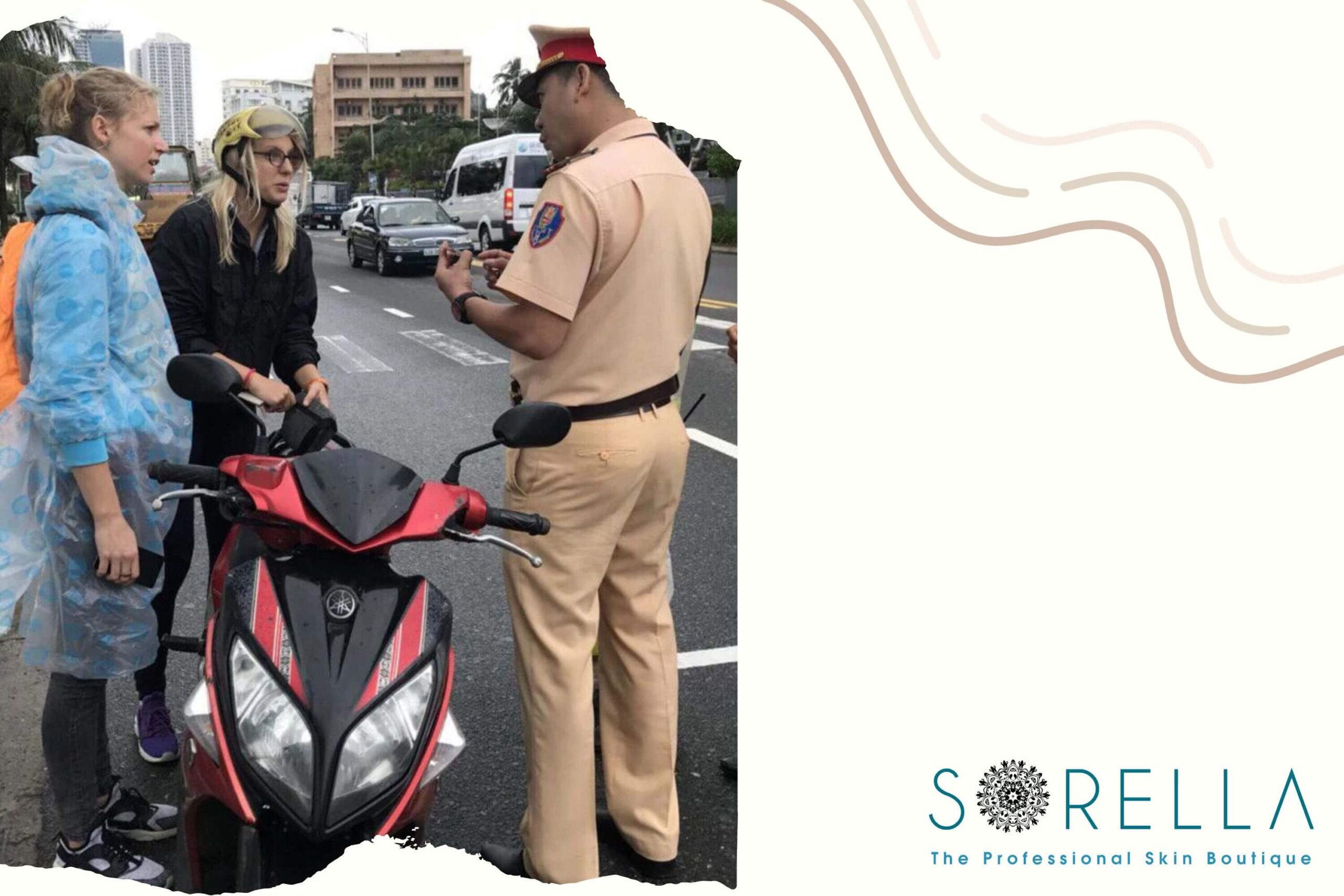
Avoiding tickets altogether is essential if you do not possess all the necessary valid documents. By refraining from engaging in activities that could attract police attention, such as committing traffic violations or lacking proper paperwork, you can significantly minimize your risk of encountering difficulties with the authorities.
During a police stop, employing language barriers can work in your favor. Speaking broken English or even better, utilizing other languages, can make communication more challenging for the officers. Additionally, acting naïve or confused when they attempt to converse in English may lead them to believe that dealing with a foreigner is not worth their time and effort.
It’s important to note that while these tactics may provide some potential advantages, they do not guarantee a favorable outcome. Police officers vary in their response, and the success of these strategies relies on individual circumstances and the attitudes of the officers involved. It is advisable to approach such situations with caution and respect while abiding by the local laws and regulations.
Here are some articles you may like:
The Real Difference Between Hot and Cold Waxing for Hair Removal 2023
12 Things You Should Know About Laser Hair Removal Before Getting It
A Step-by-Step Guide to Eyelash Extensions 2023
Inflammatory Acne: Symptoms, Types, Causes, and 3 Ways to Treatment
The Finest Nail Trends 2023? Find out what to anticipate this year in the world of nail art!


 中文 (中国)
中文 (中国) 한국어
한국어 English
English